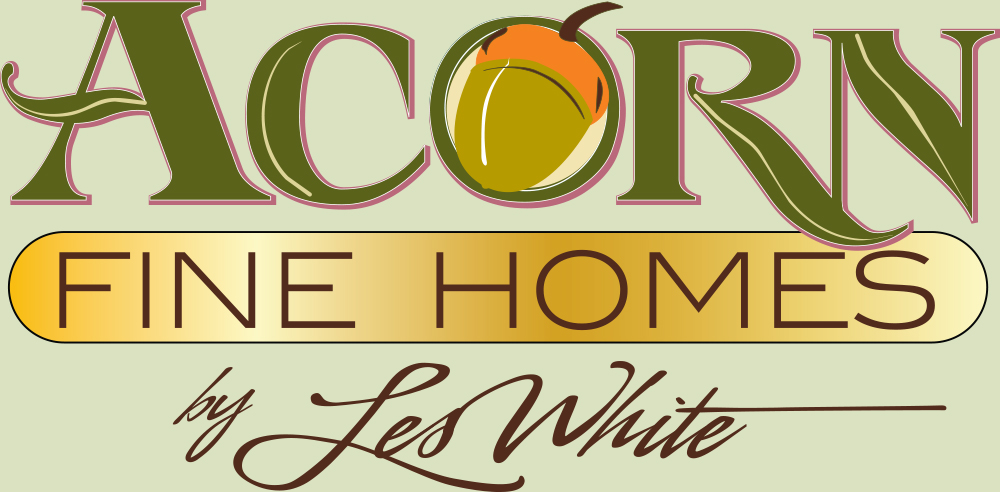
Safe Rooms


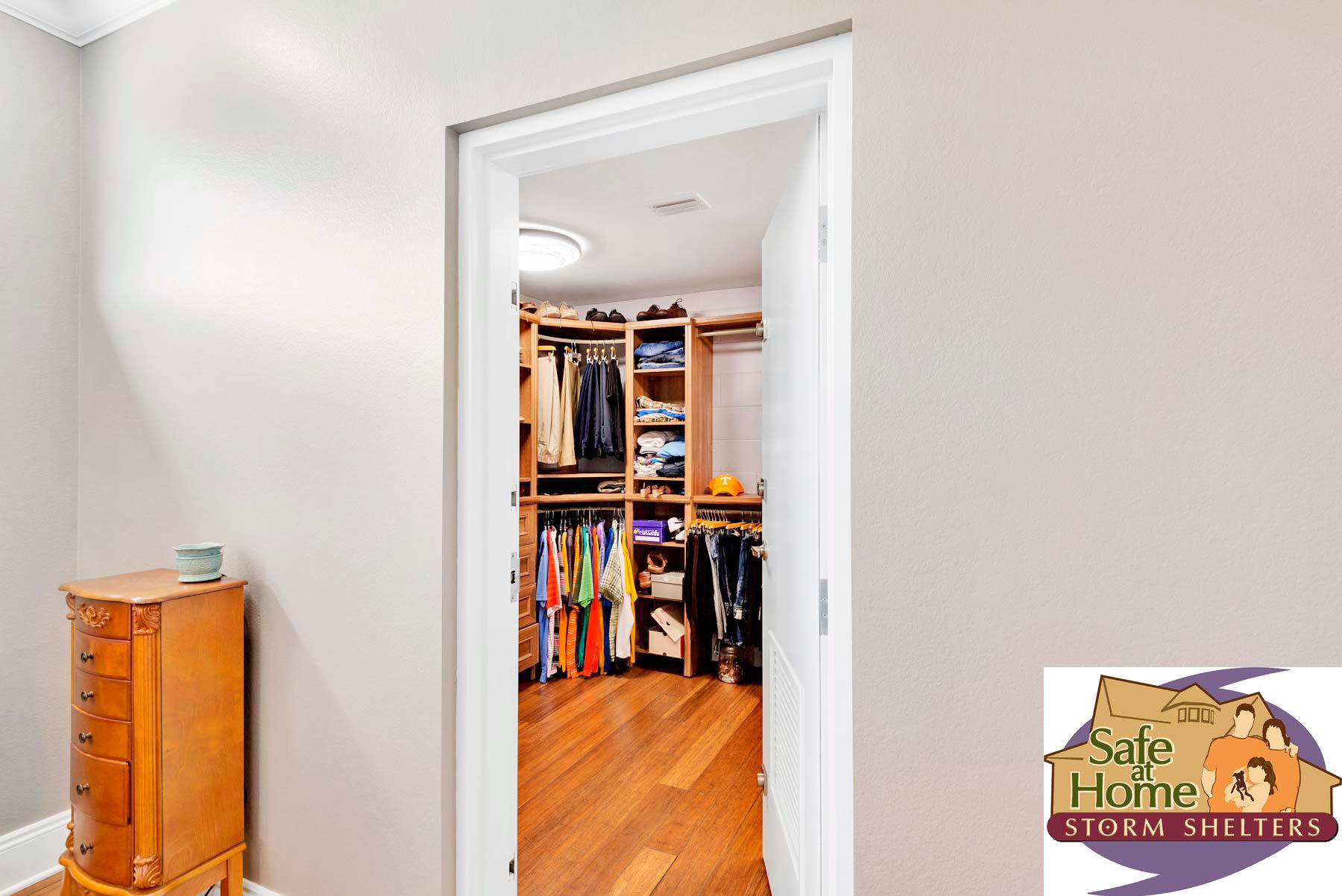

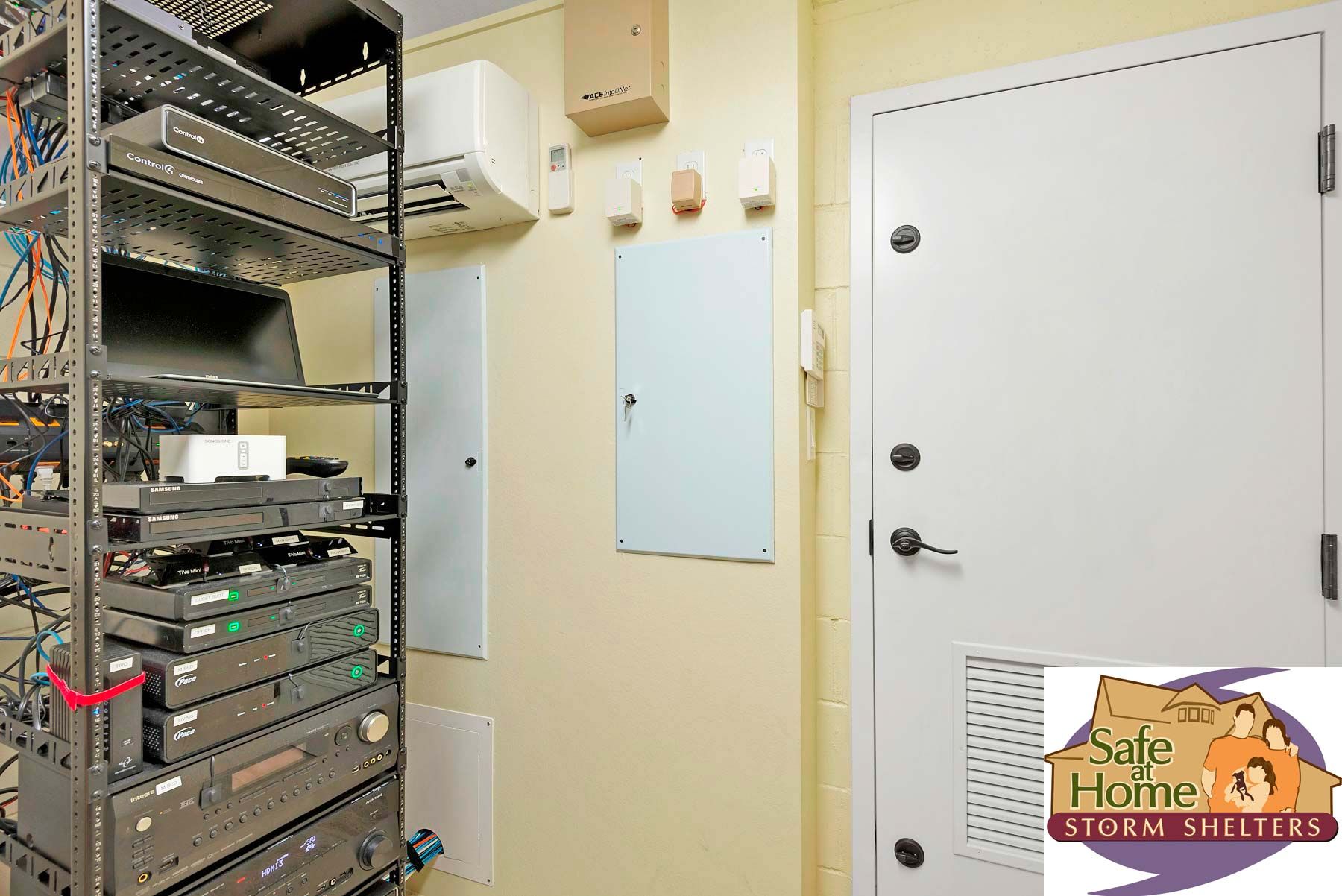

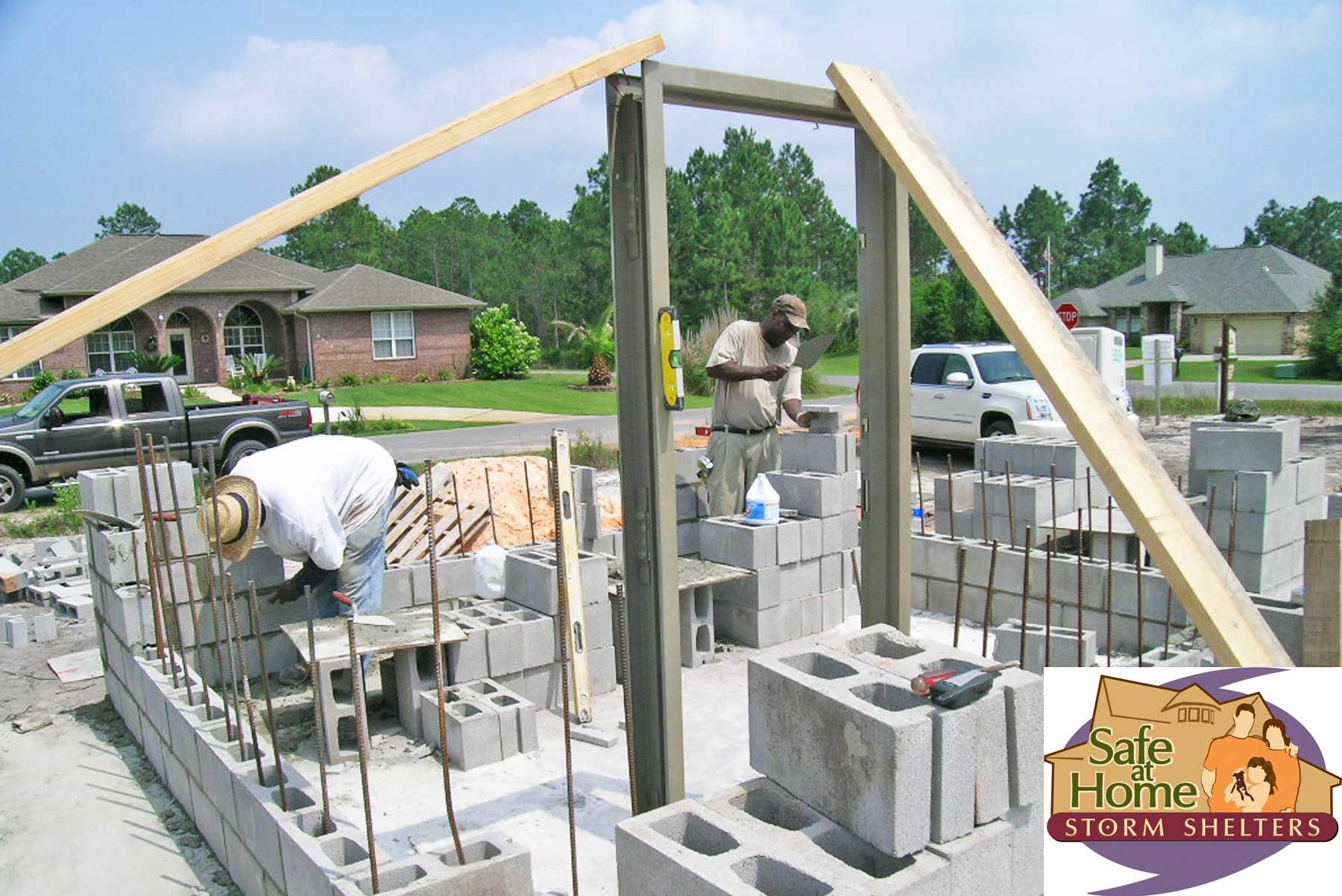

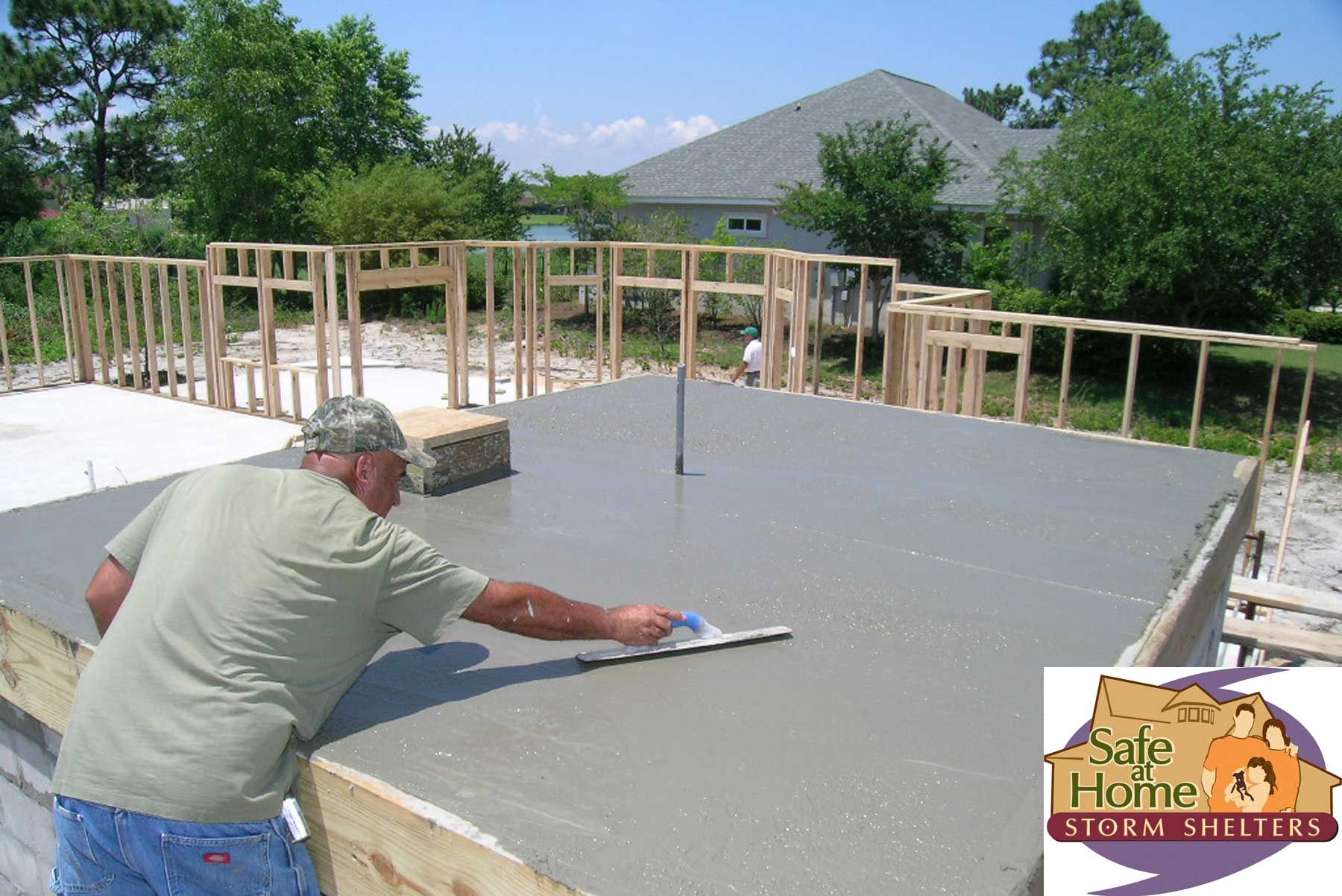


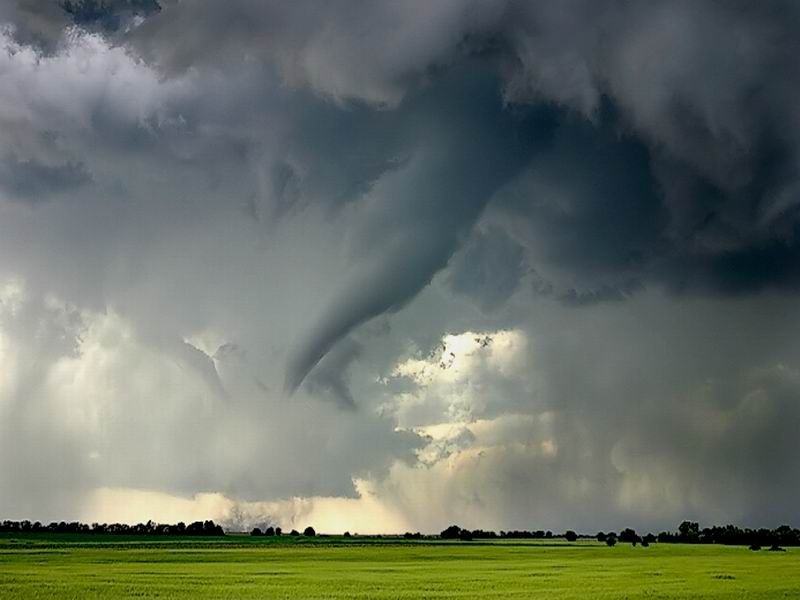




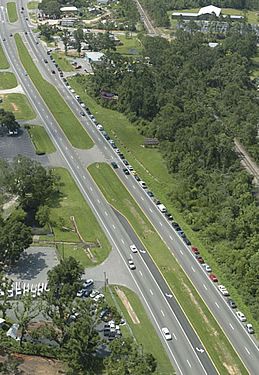

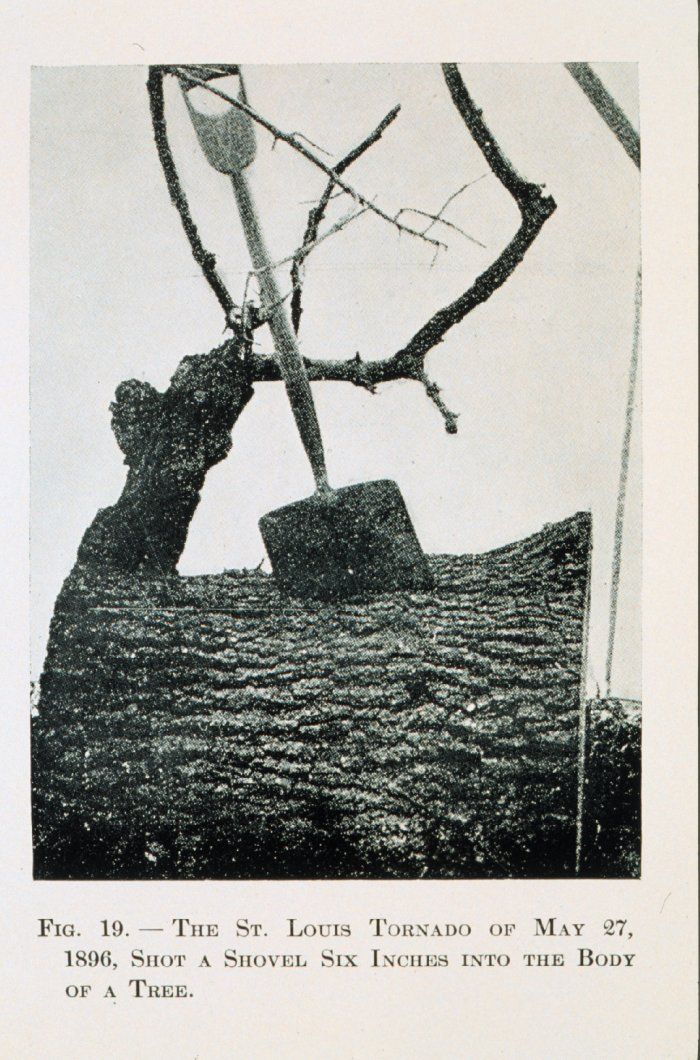
This master closet doubles as a safe room making it quick and easy to get into during an emergency.
The door is 14 gauge steel with 3 dead bolts for security from hurricanes, tornadoes, and intruders.
Safe room doors must swing in to prevent the door from being blocked by debris and prevent occupants from escaping.
You'd never know this is a safe room capable of withstanding 250 MPH winds and 100 MPH flying debris impacts.
This safe room doubles as a rack room with a mini split AC for independent heating and cooling
A properly constructed safe room starts with extra steel and independent concrete footings to anchor the safe room in place. The safe room must be designed to be structurally independent of the home.
Masons lay up the 6" block which will later be filled with concrete.
The ceiling is constructed of steel reinforced concrete. Safe-At-Home storm shelters are engineered and designed to withstand
250 MPH winds and 100 MPH missile impacts.
Openings are created in the roof for an AC duct and wire chase for the lights.
Tornado clouds forming in Baldwin county during Hurricane Katrina.
This is why you need a properly constructed safe room. Closets are not safe. This piece of lumber speared one of my customer's mother's home in Enterprise, Alabama in 2007. The same tornado hit Enterprise High School and killed 9 students.
A Tornado in Baldwin county during Hurricane Katrina.
The aftermath of a tornado in central Florida in 2006.
This is what's left of a home with a safe room after a Texas tornado came through.
Hurricane Ivan, September 2004.
If you don't have a safe room this is how you'll experience the hurricane. Stuck in traffic, going nowhere fast, unless you leave several days in advance.
Gas line during Hurricane Ivan in 2004.
Record winds.
Note the wooden handle.



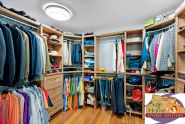



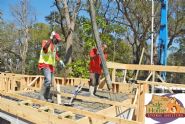

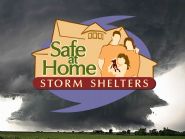


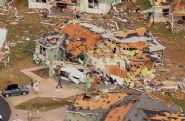
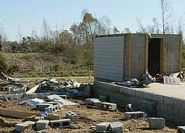



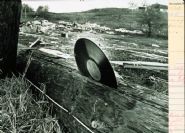

Protect your family with a safe room
Safe-at-home storm shelters are engineered to 250 mph wind forces and 100 mph missile impacts. With a safe room you can sleep peacefully during hurricane season knowing that you have a safe place to go in your home in the event of a hurricane.
You won't have to spend days on the road during an evacuation, stuck in traffic, trying to find a place to stay that will take pets, losing time off from work, spending lots of money, getting stuck in long gas lines, and eating bad food at roadside restaurants.
A properly engineered safe room is structurally independent of the surrounding home, has adequate passive ventilation, and an armored in-swing door in case you have to climb out over a pile of debris.
A safe room can be built into the home for $4000-$6000 depending on the size. When you consider the total cost of an evacuation a safe room can pay for itself in one storm season. The best part about it is that you no longer have to suffer the anguishing debate of whether or not to evacuate. The evacuation decision usually has to be made a couple of days in advance of hurricane land fall and, of course, when you finally leave town, the storm often turns away or wasn't as bad as the forecasters thought. And, of course, if you stay not everyone will agree with your decision. It's really a no-win situation unless you have a safe room.
With a safe room you will have a safe place for your family, pets, and infirm dependents to go to on very short notice. No need to disrupt your life until the hurricane actually makes landfall and then only for a few hours. A safe room is also a great place to store valuables. The triple deadbolt armored door stops wind, missiles, and thieves.
FAQ
Can I attach an exterior storm shelter to my home? Exterior walls of existing homes are not engineered to 250mph. The storm shelter must be a stand alone structure capable of withstanding 250 mph winds and 100mph missile impacts on the roof and all 4 sides. The shelter can be placed adjacent to your home and designed so that it blends in architecturally.
The shelter seems small, won't it be uncomfortable? Occupancy will be only during the peak hours of the storm which typically last 2-12 hours. Relatively speaking, a few hours in a small storm shelter is probably a lot more comfortable than spending all day in an evacuation traffic jam. FEMA guidelines call for a minimum of 6 square feet of shelter space per occupant.
What about toilet facilities? A small motor home or marine porta-potty can be used in the shelter.
What else should I put in my storm shelter? A hand crank radio/cell phone charger, a hand crank flash light or lantern, and a first aid kit. You should also store water and emergency food for at least 3 days. Make space for valuables, important papers, and your computer hard drive which can be put in the shelter quickly during an approaching storm. Copies of your important papers can be stored permanently in you storm shelter. The shelter can be kept locked from the outside when not in use to keep valuables and important papers secure.
Do I need electricity or AC in the storm shelter? No. It has a passive ventilation system. The Safe-At-Home storm shelter is designed to be a safe place to ride out a storm without power.
If my house crashes down around my storm shelter, how do I get out? Storm shelters should have armored in-swing doors which can be opened in if a pile of debris is baring the door. Occupants can then climb out over the debris.
My garage is full of stuff so how do I make space for a storm shelter? Storm shelters can be dual purpose spaces. If the safe room is built into the house during construction then the best location is a walk-in closet. If adding one to an existing garage you can store stuff in them when not in use and remove the contents during the approach of a storm. An exterior storm shelter makes a great place to put lawn and garden equipment which can be removed and placed in the garage during the storm. Altogether, a far less inconvenience than packing up and evacuating.
I live in a flood zone. Where can I place my storm shelter? Storm shelters should not be placed within flood zones. Even if your home is elevated on pilings an interior storm shelter can't be isolated from the main structure of the home.
We hardly ever have tornadoes, why build a shelter to withstand a tornado? Hurricanes spawn hundreds of tornados and we get lots of hurricanes. It's not the hurricanes that kill, it's the tornadoes within the hurricanes that kill.
What if my home is substantially damaged and I'm trapped in my neighborhood by storm debris? The good news is that you're alive and unhurt. You have water, food, and other emergency supplies stored in your storm shelter so you can now go about the business of salvaging what you can, making emergency repairs, prevent looting, and surviving until the roads can be cleared.
If my home is built to the new wind codes why do I need a storm shelter? Since 2000 Florida building code shave required homes to be designed to withstand 90-140 mph winds depending on where you live and when your home was built. A tornado or extreme hurricane can cause winds and airborne debris impacts much greater than the code design criteria. A storm shelter is designed to withstand these extreme conditions.
Am I safe riding out the storm in an interior room or closet? While it is true that the safest place to be in your home during a wind storm is an interior room with no windows, it is by no means safe from the type of catastrophic damage that can occur during a cat 5 hurricane or F-3 or greater tornado. Once the wind has breached an exterior wall or roof then the structure is subject to explosive wind pressures which can rip apart a home in seconds. Any interior room is extremely vulnerable after the exterior building envelope has been breached since it is connected to and dependent upon the overall structure of the home for its integrity. A safe room or storm shelter must be structurally independent of the home and much stronger than the home's structure to offer maximum protection during the worst events. Think of it as a vault within a bank. A robber can fairly easily get inside a bank but rarely gets into the vault when the door is closed.
How can a storm shelter effect the value of my home? Storm shelters can make your home more attractive and therefore more valuable than competing homes in the market, all other features being similar. Storm shutters and standby generators have a similar effect. Wouldn't you be more likely to choose a home that is protected from hurricanes and can protect the owners as well?
Is a building permit required? Yes, the shelter plans must be sealed by a professional engineer and submitted to the county planning department for review and permitting. A Safe-At-Home storm shelter must be constructed by a licensed and insured general contractor. Building inspectors will conduct multiple on site inspections to insure that construction complies with the plans and local building code. A site plan must be submitted for exterior storm shelters. Exterior shelters must also comply with neighborhood covenants and plans may need to be submitted to the neighborhood architectural review committee for approval.
